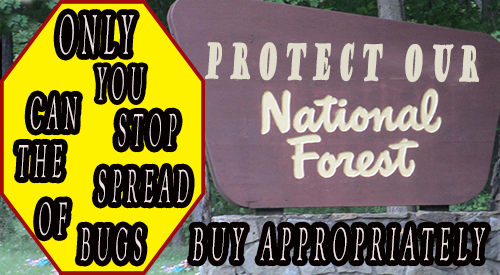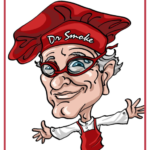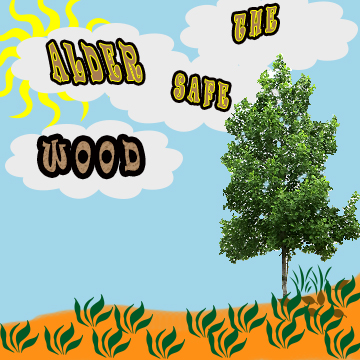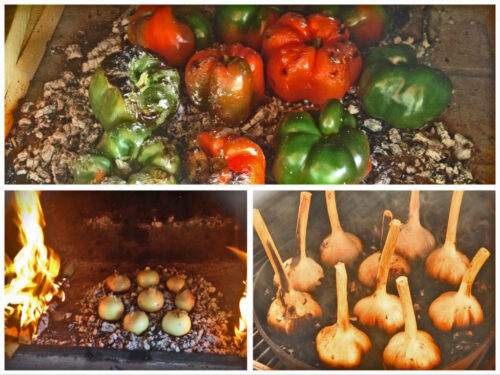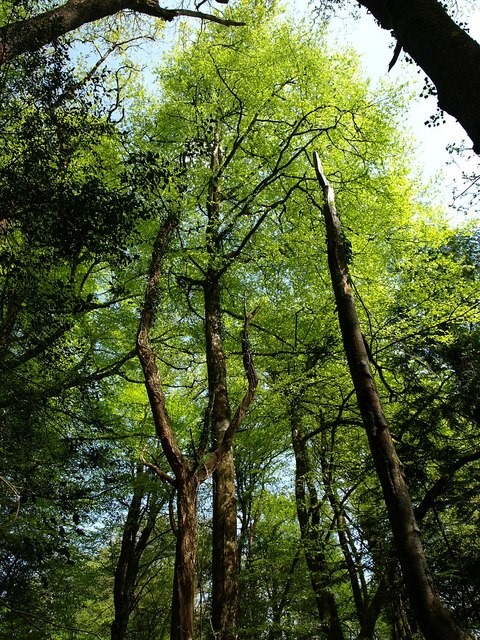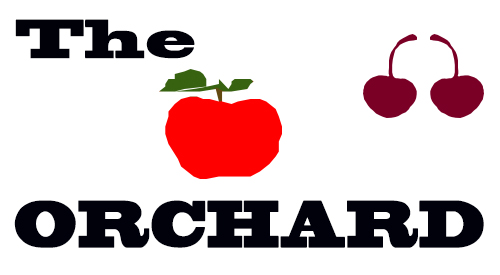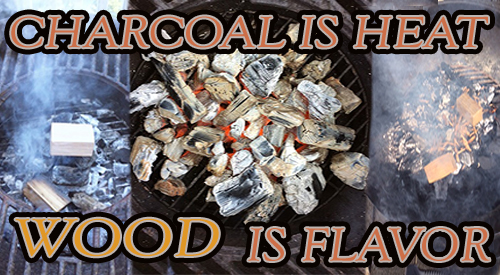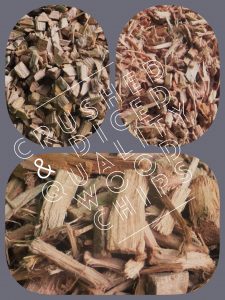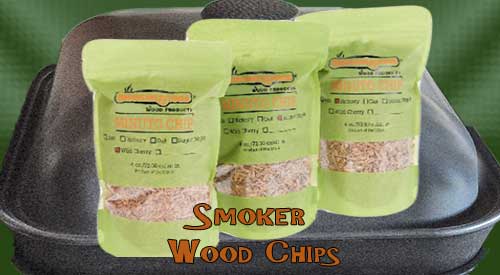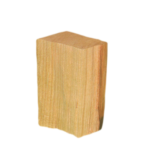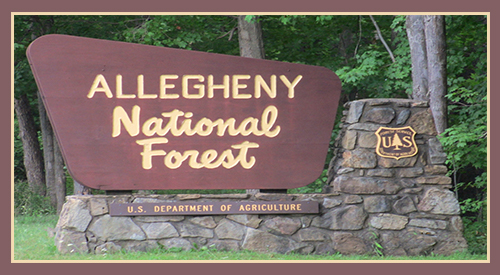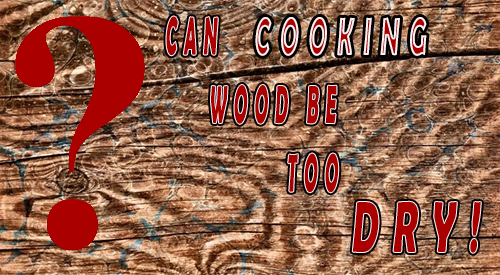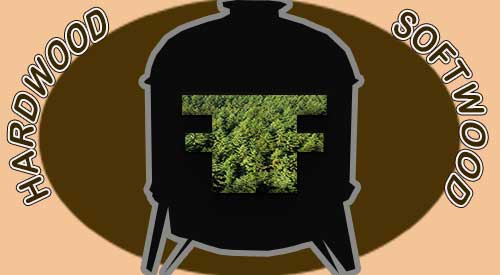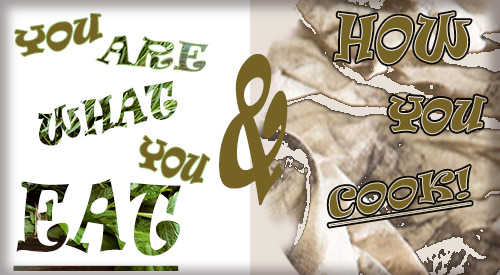Wed 9 Oct 2019
HICKORY FOR FOOD SMOKING- IS IT “THE WOOD”?
Posted by DrSmokeRead other related stories: Cooking , Cooking With Wood , General Smoking Information , Smoking Tips , Wood Questions
No Comments
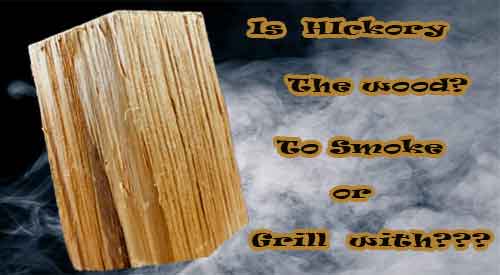
Our Hickory double filet is great for most smoking or grilling equipment – So YES-HICKORY FOR FOOD SMOKING is an excellent choice!

to IS HICKORY THE WOOD TO SMOKE & Grill WITH
IS HICKORY THE WOOD TO SMOKE & GRILL WITH? Click To Tweet
The question is one of the most common we hear. What is the most popular wood you sell?
Initially, our response was that there wasn’t one hardwood that was dominating the order system. That certainly has changed over the course of the past few years.
Without question, Hickory has become the most requested hardwood.
Hickory for Food Smoking- Why?
I truly believe the catalyst for the popularity of hickory particularly for smoking foods, is television and YouTube. Yes, all those cooking and food shows and YouTube channels have catapulted grilling/smoking with wood and charcoal leaning toward Hickory. As if Hickory for food smoking is the only choice for “real” barbecue.
Some of the roots of the popularity of Hickory is the generational secrets of barbecue. Hickory has been, for many decades, a commonly found hardwood in the traditional barbecue states who are credited with bringing barbecue to the limelight. North Carolina, South Carolina, Georgia, Virginia and then advancing west to such states as Tennessee, Missouri, and Alabama. Gradually, those who wanted to duplicate the smoke flavors of the south continued to request hickory. The result: hickory for food smoking and cooking has become one of the highest demand hardwoods in North America.
Hickory for Food Smoking- Is There a Holy Grail for Smoking Wood?
Without question, those known in the world of barbecue as major players have stimulated the belief that their choice in smoking wood is the key to their success and notoriety. Here’s is the conflict: many fail to admit that there are many other factors that account for their success. Although they may have made their mark by sticking with that one wood for the entire time they cooked and gained popularity, they also committed to specific equipment, fuel product say a specific brand of charcoal, meat supplier, whether they keep the bark on the wood or remove it, and brands or recipes for rubs/sauces/marinades. ALL these items factor into the overall success of a cooking event even in barbecue.
Life of the Tree is Key
I won’t get into the details about one brand of charcoal or briquette over another, or the influence of a wet or dry rub on the meat’s ability to absorb smoke vapor. Those discussions will be for another day. What I will stress is that the climate and soil of tree’s location is by far a key determinate in whether it will make a great smoking or grilling wood. Specifically, the more balanced the pH level of the soil the tree’s roots are bound to and the amount of precipitation the tree is exposed to in a given year, directly affect how favorable the wood will be for smoking, grilling, and cooking in general.
I’m often told by new customers who had previous experience with hickory and found it to be too strong in flavor, producing too dark a coloring to the food’s exterior, and often producing a sooty appearance to both the food and equipment, that once they tried our wood, they had the exact opposite result. Why? The easiest answer is we simply have better-growing conditions in the Northeast than other areas that grow Hickory trees. Plus, we have access to the better species of this hardwood family.
Hickory for Food Smoking- More Choices Don’t Always Mean Better Outcome
With over 20 species of Hickory in North America, they are not all equal when it comes to cooking with them. Many of these 20 species are known to produce bitter undertones when foods are exposed to their smoke vapor. That means poor results for the cook or Pitmaster who believes in hickory for their food production.
I like to compare hardwoods for cooking to extra virgin olive oil. There are hundreds if not thousands of brands of olive oil available. Yet, many producers marketing an extra virgin olive oil (EVOO) are using low-grade oils in the production rather than meet the requirements for EVOO labeling. Wood is similar. There is no obligation to label where the wood comes from, how old it is, how it was processed, what species it is from, and if it is from the raw material of the timbered tree or a by-product or waste product of another use. Just like olive oil producers using pomace or the olive residue left over from the traditional production of olive oil, hardwood can be a leftover as well and re-purposed into something it wasn’t initially intended for.
Blaze Your Own Trail
My hope is that I’ve stimulated some thinking into what makes for a great smoking wood, grilling wood, or cooking wood in general. Instead of duplicating a celebrity figure or following a current fad, blaze your own trail into what pleases you and the people you are serving your amazing grilled and smoked foods from the wood fire to. With so many factors affecting a food’s taste, appearance, and aroma, it’s time to simply experiment, keep a log, and find what pleases you. It may turn out to be one hardwood that you feel is the wood or it could simply be the food that guides you. Hope you enjoyed our blog IS HICKORY THE WOOD TO SMOKE & GRILL WITH?
The Culinary Crew wants you to know …
… that your wood cooking and food smoking experiences can offer a good variety of great tastes and awesome flavors by using the full range of acceptable hardwood species. Without a doubt, hickory commands a lot of media market attention and is a very popular choice but don’t look past other hardwoods like oak, maple, cherry, alder, beech and ash to deliver great results!
We hope this latest posting was informative. Leave a comment or suggestion as we love hearing from you, especially when it comes to what you want to learn about next. As always, subscribe and follow us so you don’t miss out on the latest information.

Additional reading the topic of wood species and other cooking ideas!
Additional reading:
-WHAT A NUTTY CHOICE!
-THE TOP 8 MISTAKES TO AVOID WHEN COOKING & GRILLING WITH WOOD
-WHAT’S IN THE SMOKINLICIOUS® WOOD CHUNK BOX?
-TO BARK OR NOT
SmokinLicious® products:
Wood Chunks- Double & Single Filet
Wood Chips- Grande Sapore®
Wood Chips- Minuto® & Piccolo®
Smoker Logs- Full & Quarter Cut
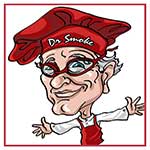
Dr. Smoke- “While hickory is the number one choice for Southern barbecue, it should not be your only choice. When asked YES-HICKORY FOR FOOD SMOKING is the most popular choice!
